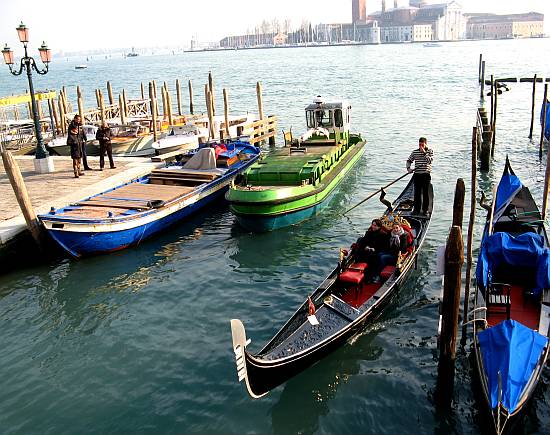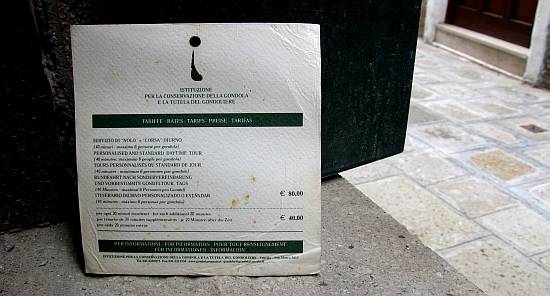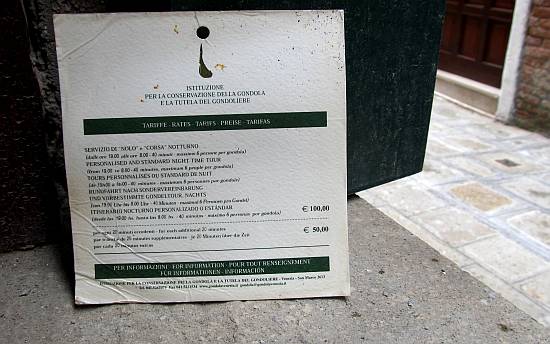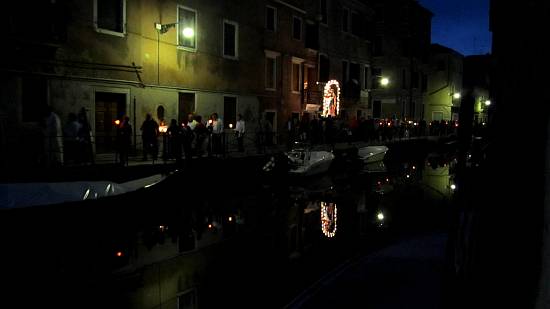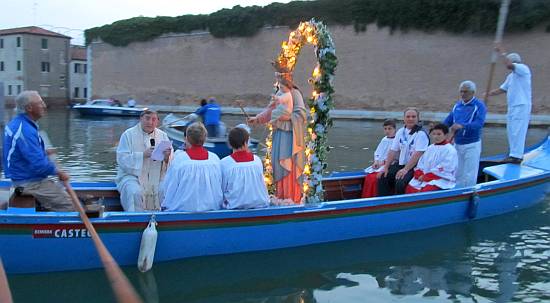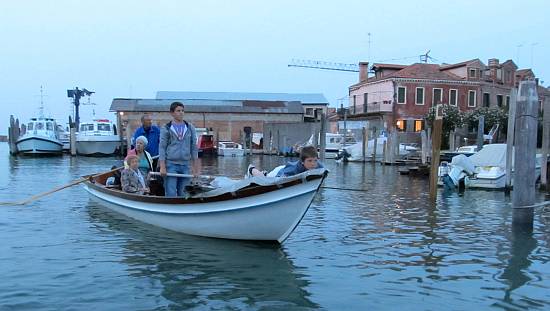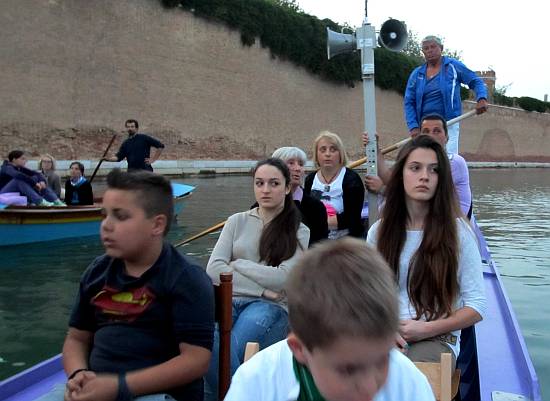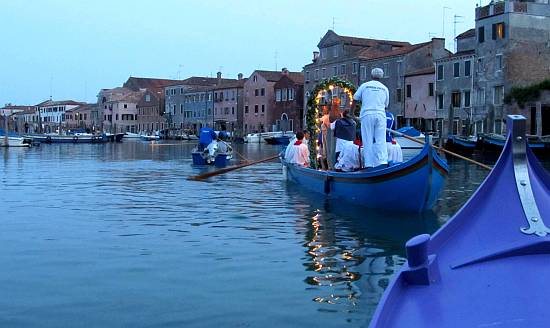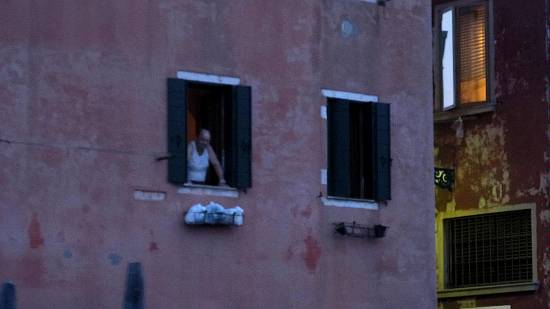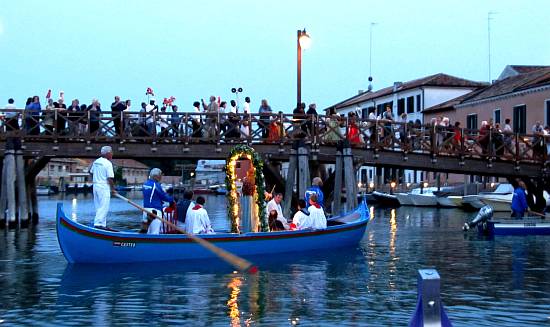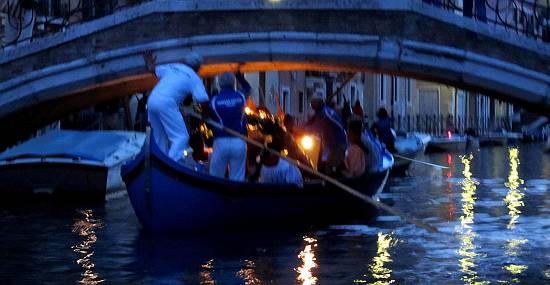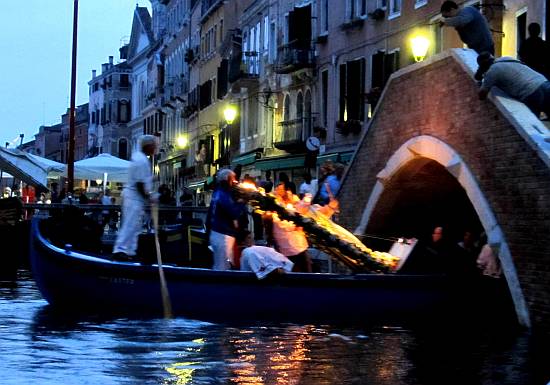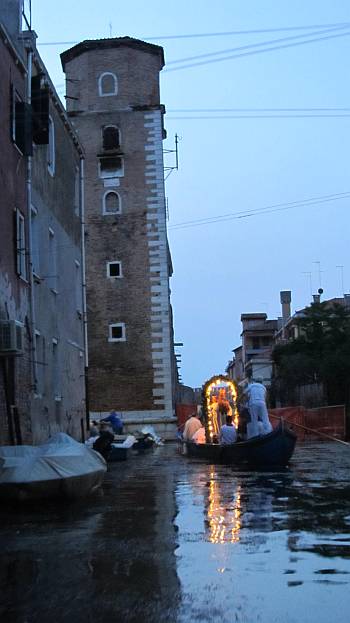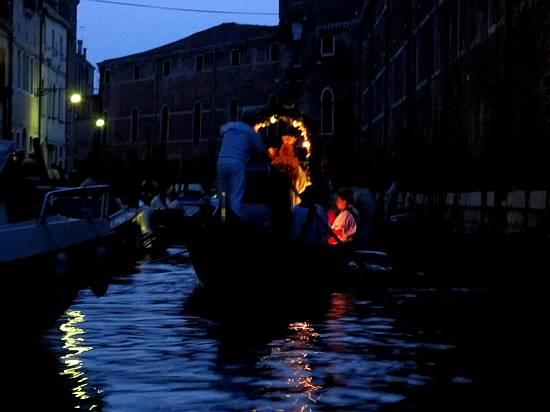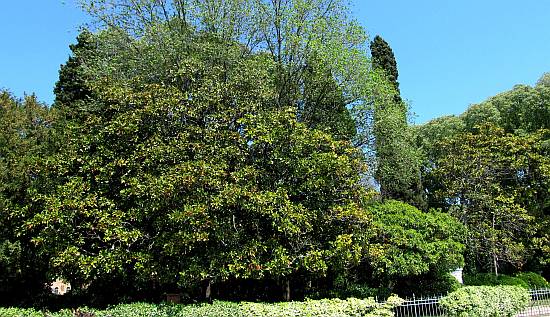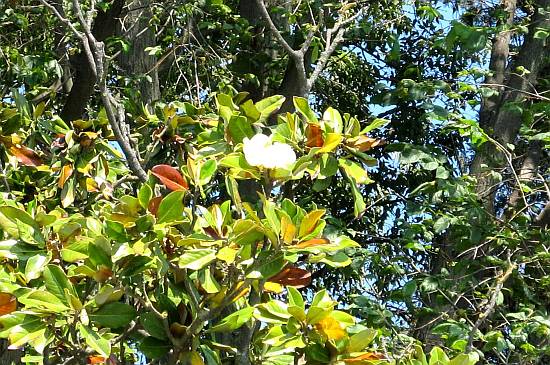A tornado crossed part of the lagoon yesterday morning, and part of Sant’ Elena was in its way, And all of our boat club.
The office is gone, the two buildings and sheds where our boats were kept are gone. And the boats are pretty much gone, too. I don’t mean “gone” as in lifted to heaven in the rapture, I mean it in the sense of smashed to various bits. Because we were in a phase of demolishing the old clubhouse in anticipation of a new facility and all our 34 boats were outside.
The man who operates the winch to put the boats in and out of the water was in the metal container that served as his temporary shelter at the water’s edge. The tornado rolled it over a couple of times with him in it, and two men managed to get him out. He was rushed to the emergency room with a gash in his head and two broken ribs, but at least the container wasn’t tornado’d into the water with him in it.
Trees snapped and uprooted, but no further victims, as far as I know, unlike the previous tornado in 1970.
When the tornado struck, we were at the Rialto market where our attention was mostly dedicated to the price of cherries. It rained, but we had not even the slightest hint that devastation was being wrought just over the way. We had a blast of rain, but there wasn’t anything about it that made you think of anything worse than your wet feet.
We got the news from a friend who was at San Marco, and who had seen it. Then the phone calls began to spread the word. At that point I was on Murano with a friend, so I wasn’t able to go help with the first load of work, But Lino was there all afternoon, along with almost every club member who was available.
I’m still trying to get a grip on all this. Because this morning has dawned cool, clear, and dazzling with cloudless sunshine. Translation: The perfect day to go out in a boat.
The website of the Remiera Casteo has photographs and film of what the tornado left behind.
YouTube has a number of clips of this event but here is one of the best. If the video isn’t shown, here is the link: http://youtu.be/KFCaI_L_K4s

